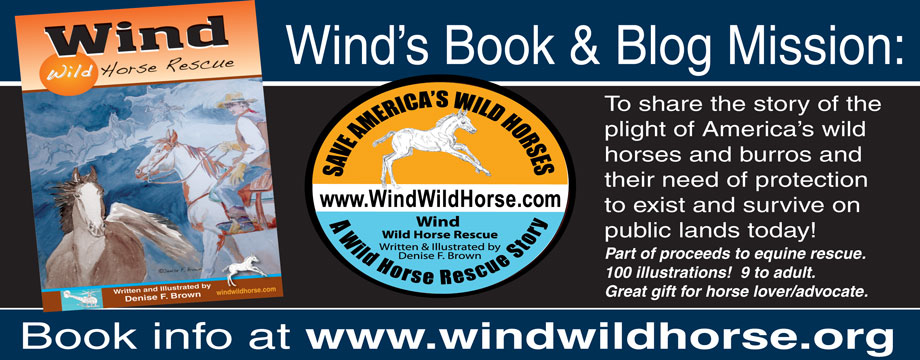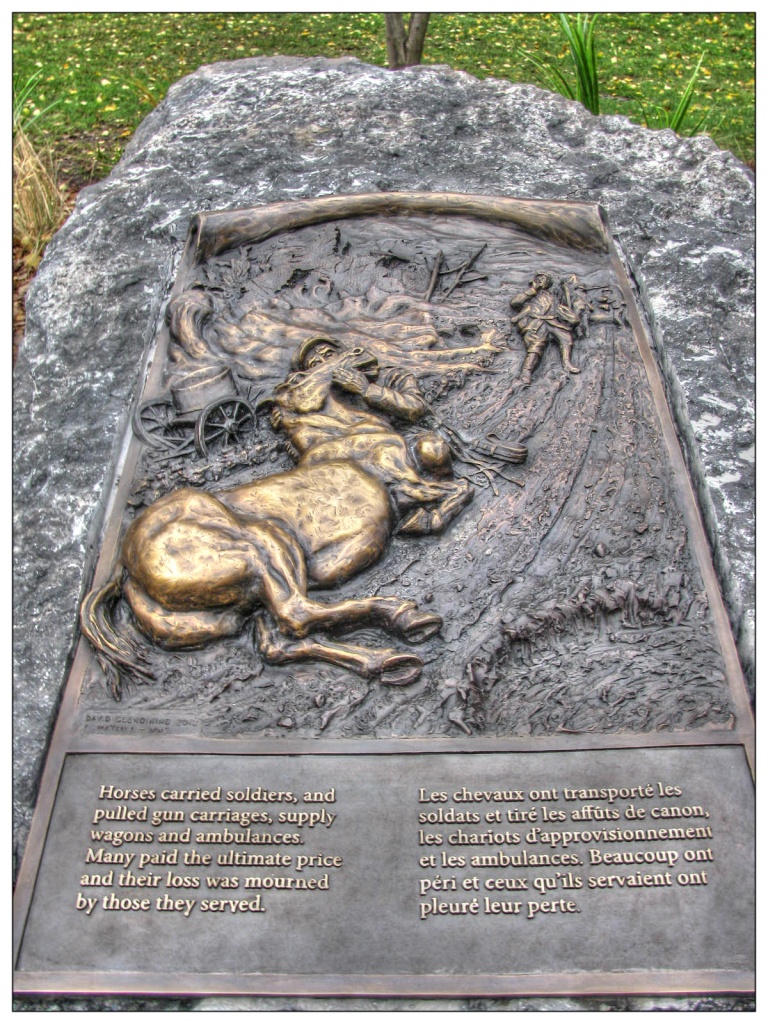We Will Remember Them… https://heatherclemenceau.files.wordpress.com/2014/11/lloyd-swick.jpg
https://heatherclemenceau.files.wordpress.com/2014/11/lloyd-swick.jpg
by heatherclemenceau
Good-bye, Old Man
“Good-Bye, Old Man.” This image of a soldier bidding farewell to his fatally injured horse is in the Board Room at Victoria Hospital, London. It was commissioned by the Blue Cross in 1916 to raise money to help horses on active service. The artist is Fortunino Matania and it is one of the most famous war-time illustrations. The artist played an important role in defining people’s mental image of what Great War battlefield scenes looked like. http://www.edinburghs-war.ed.ac.uk/system/files/PDF_horses.pdf
Written By: Heather Clemenceau
Along with horses, the types of animals employed in war is extensive, from birds and rodents sent into tunnels to detect poisonous gas, to donkeys, mules, dogs, carrier pigeons, camels, reindeer and elephants used to carry heavy loads. Even animals as small as glow worms have been used in war. In World War 1 alone, approximately eight million horses, mules, and donkeys were killed and another 2.5 million were injured transporting soldiers, arms and supplies into battle. It is estimated that there were twenty million animal casualties during this dark period of human history.
The demise of most equines in the war was largely due to the modern invention of the machine gun that cut them down unmercifully. Many died from disease, starvation, or exposure; horses were often reduced to shivering bags of skin and bones, even resorting to chewing on their own blankets for food. Exploding mortars, barbed wire, mange, thirst, wounds, and parasite infestation, were all contributing factors to injury and death. Exhaustion and disease such as Grass Sickness and bouts of colic claimed many victims. To add insult to injury, unwanted warhorses were auctioned off and sold to butchers at the war’s conclusion.
The war had seriously depleted all horse stocks around the world, claiming some of the finest horses of its time. Farmers and families on the home front endured great hardship when their best horses were taken for use in the war. Generations of “blue blood” stock would be lost.
Since World War II there’s been a huge desire to recognize the role animals played in conflict. The Dickin medal, the equivalent of the military’s Victoria Cross, was established in 1943 to honour the work of animals in war. Canadians taking part in Remembrance Day now have a memorial in Ottawa that recognizes the wartime sacrifices of animals. Located at the foot of the South African War monument in Confederation Park, the Canadian Animals in War Dedication was unveiled on November 3, 2012.
The concept and funding of the memorial can largely be attributed to Lloyd Swick, a spry, kayaking, golfing, piano-playing senior who
Lloyd Swick, now in his 90s, was inspired by the memorial for war animals in Hyde Park. Some panels of the eventual memorial are on display at the Ottawa School of Art.
Lloyd Swick, now in his 90s, was inspired by the memorial for war animals in Hyde Park. Some panels of the eventual memorial are on display at the Ottawa School of Art.
campaigned to raise the $100,000 needed to launch the project. Swick is a veteran of the Korean War, serving 30 years with the Princess Patricia Canadian Light Infantry. His inspiration came from the memorial to war animals in London’s Hyde Park as well as the mule train that brought ammo to Canadians on the front line in the Battle of Passchendaele.
Of course, everyone loved both the idea and Lloyd Swick. In short order, local artist David Clendining, of Summit Studios in Wakefield, was commissioned to create the memorial. One plaque is based off of the wartime artwork of Fortunino Matania entitled “Good-Bye, Old Man.”
All these animals, great and small, chosen for their natural instincts, contributed their strength, endurance, energy, and ultimately their lives in times of war and conflict to the Allied forces. This Memorial is a fitting tribute to them all. Well done Lloyd Swick.
Loss of a horse became for many a very personal part of their identity. The horses were literally an extension of themselves. When a horse lay wounded or died, the grieving process would have to wait. It seemed so unfair to abandon a faithful comrade in choice of life and duty. Photo credit – www.helenshomeworld.blogspot.ca
Loss of a horse became for many a very personal part of their identity. The horses were literally an extension of themselves. When a horse lay wounded or died, the grieving process would have to wait. It seemed so unfair to abandon a faithful comrade in choice of life and duty. Photo credit – www.helenshomeworld.blogspot.ca
Ottawa Mayor Jim Watson with Lloyd Swick. Also in attendance at the dedication were Mr. Royal Galipeau, Member of Parliament for Ottawa–Orléans and representative for the Honourable Steven Blaney, Minister of Veterans Affairs, Senator Yonah Martin, Mrs. Laureen Harper, Honorary Patron of the Animals in War Dedication Project, Brigadier-General M.K. Overton, Assistant Chief of Military Personnel of the Canadian Armed Forces, and Mr. Russell Mills, Chair of the National Capital Commission.
Ottawa Mayor Jim Watson with Lloyd Swick. Also in attendance at the dedication were Mr. Royal Galipeau, Member of Parliament for Ottawa–Orléans and representative for the Honourable Steven Blaney, Minister of Veterans Affairs, Senator Yonah Martin, Mrs. Laureen Harper, Honorary Patron of the Animals in War Dedication Project, Brigadier-General M.K. Overton, Assistant Chief of Military Personnel of the Canadian Armed Forces, and Mr. Russell Mills, Chair of the National Capital Commission.
A life-sized bronze dog sits in the centre of the tribute outfitted with a medical Red Cross backpack that dogs used in the First World War. The footprints of dogs, horses and mules are stamped into concrete leading up to the monument. Photograph By Gordon Bell.
A life-sized bronze dog sits in the centre of the tribute outfitted with a medical Red Cross backpack that dogs used in the First World War. The footprints of dogs, horses and mules are stamped into concrete leading up to the monument. Photograph By Gordon Bell.
The memorial is the work of Canadian artist and sculptor David Clendining. They consist of a series of highly detailed bronze bas-relief plaques. One is a text explaining the project while two others feature images of animals on the battlefield and explain some of their roles and unflinching loyalty to their human handlers. Photo Credit – www.helenshomeworld.blogspot.ca
The memorial is the work of Canadian artist and sculptor David Clendining. They consist of a series of highly detailed bronze bas-relief plaques. One is a text explaining the project while two others feature images of animals on the battlefield and explain some of their roles and unflinching loyalty to their human handlers. Photo Credit – www.helenshomeworld.blogspot.ca
Lloyd Swick’s motivation for the memorial was the Canadian success in the Battle of Passchendaele, to which he credits the use of mules. He also recognized the contributions horses and mules have made in transporting ammunition. Photo Credit – www.helenshomeworld.blogspot.ca
Lloyd Swick’s motivation for the memorial was the Canadian success in the Battle of Passchendaele, to which he credits the use of mules. He also recognized the contributions horses and mules have made in transporting ammunition. Photo Credit – www.helenshomeworld.blogspot.ca
Detail of tableau. Photograph by Richard Lawrence
Detail of tableau. Photograph by Richard Lawrence
Loss of a horse became for many a very personal part of their identity. The horses were literally an extension of themselves. When a horse lay wounded or died, the grieving process would have to wait. It seemed so unfair to abandon a faithful comrade in choice of life and duty. Photo credit – http://www.helenshomeworld.blogspot.ca


